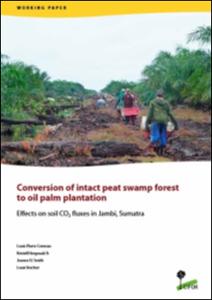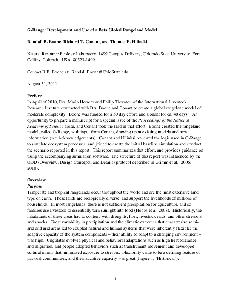Actions Needed to Halt Deforestation and Promote Climate-Smart Agriculture
Agriculture needs to feed 9 billion people by 2050. This will require a 70 100% increase in food production (Godfray et al. 2010). Given climate change, a new kind of agriculture is therefore essential, one that must meet the triple challenge not only of ensuring food security, but also of adapting to future climate change and contributing to climate change mitigation. Meeting these challenges will require coordination with the mechanism known as Reduced Emissions from Deforestation and forest Degradation (REDD+) and other efforts to conserve forests.





